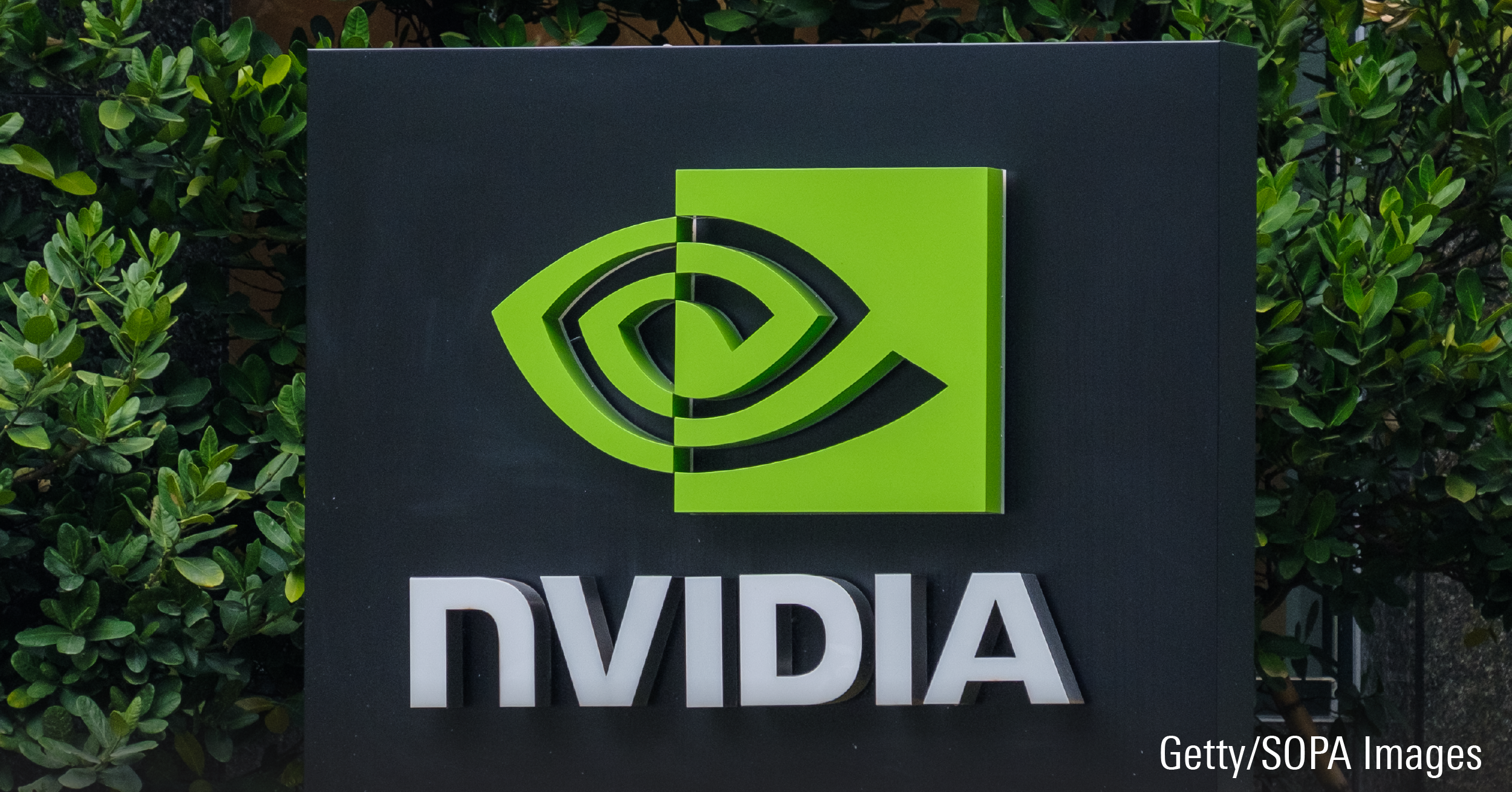Canadian short-track speed skater Charles Hamelin recently took the gold in the 1,500-metre race at the Sochi Olympic games, adding to the two gold medals he won at the Vancouver games four years ago. Imagine, though, if Hamelin had been saddled with ankle weights and extra-heavy skates. He couldn't have skated as quickly, or he would have had to work even harder to maintain the same pace. In all likelihood, he would end up with a lesser prize, or none at all.
Success comes more easily when there are fewer impediments to overcome. That's just as true in investing as it is in skating. Instead of ankle weights and heavy skates, investors face handicaps like costs. Costs slow down Canadian mutual fund managers more so than in most other markets, especially next to our southern neighbours, making it tougher for them to compete.
The reverse Midas touch
In the famous ancient Greek myth, everything King Midas touches turns to gold. Modern-day Canadians might tell another tale: Its fund industry turns Gold into Bronze.
That's the case for Templeton Global Bond  , which has different versions offered to Canadian and U.S. investors. Morningstar's fund analysts give the fund's U.S.-domiciled version a Gold rating, our highest rating. Our Canadian team has the same enthusiasm for the fund's management -- we named managers Michael Hasenstab and Sonal Desai Fixed Income Managers of the Year at the 2013 Morningstar Awards -- but their Canadian-domiciled offering is far less appealing in price. While the U.S. fund is one of its category's cheapest with a 0.86% management-expense ratio, the Canadian offering ranks among its group's most expensive, at 1.63% for its F Series (which strips out advisor compensation). Despite the same strategy and a similar portfolio, the Canadian fund is twice as pricey. Given management's strength, we think it's still likely to outperform. But with a significantly higher fee hurdle to clear, both in absolute and relative to its category peers, our conviction in the fund's prospects isn't as high. That explains why this offering receives a Bronze rating in Canada.
, which has different versions offered to Canadian and U.S. investors. Morningstar's fund analysts give the fund's U.S.-domiciled version a Gold rating, our highest rating. Our Canadian team has the same enthusiasm for the fund's management -- we named managers Michael Hasenstab and Sonal Desai Fixed Income Managers of the Year at the 2013 Morningstar Awards -- but their Canadian-domiciled offering is far less appealing in price. While the U.S. fund is one of its category's cheapest with a 0.86% management-expense ratio, the Canadian offering ranks among its group's most expensive, at 1.63% for its F Series (which strips out advisor compensation). Despite the same strategy and a similar portfolio, the Canadian fund is twice as pricey. Given management's strength, we think it's still likely to outperform. But with a significantly higher fee hurdle to clear, both in absolute and relative to its category peers, our conviction in the fund's prospects isn't as high. That explains why this offering receives a Bronze rating in Canada.
The Templeton fund isn't alone. Morningstar's U.S. team awarded Gold ratings to Manning & Napier World Opportunities and Manning & Napier Equity thanks to its veteran management team, wide-ranging portfolio and long-term success. Manning & Napier (M&N) doesn't operate in Canada, though they sub-advise Canada-domiciled NEI Ethical Global Equity  , which blends the two U.S. funds in a global strategy. Because of price, the NEI fund isn't likely to be as successful as the M&N offerings, so our Canadian team has rated it Bronze. The M&N funds aren't especially cheap by U.S. standards, but they're bargains next to the NEI fund. World Opportunities charges 1.08% annually, while Equity levies 1.05%. By contrast, the NEI fund's 1.63% MER (again, for the F series) is more than 50% higher than the U.S. price tag. The A series, with its 2.63% MER (which includes a 1% sales commission), is one of the highest-priced options in its category.
, which blends the two U.S. funds in a global strategy. Because of price, the NEI fund isn't likely to be as successful as the M&N offerings, so our Canadian team has rated it Bronze. The M&N funds aren't especially cheap by U.S. standards, but they're bargains next to the NEI fund. World Opportunities charges 1.08% annually, while Equity levies 1.05%. By contrast, the NEI fund's 1.63% MER (again, for the F series) is more than 50% higher than the U.S. price tag. The A series, with its 2.63% MER (which includes a 1% sales commission), is one of the highest-priced options in its category.
Anatomy of high costs
Comparison between the Canadian and U.S. can be tricky. Regulatory, administrative and tax costs are higher in Canada. Canada doesn't enjoy the same economies of scale. Distribution costs, which for most Canadians are embedded in the MER (typically called a trailer), also lead to higher costs, though this isn't an issue for F-series funds. Sub-advisory relationships can add another wrinkle. For example, it's tough to tell whether the NEI fund is expensive because of the deal it's gotten from M&N or whether NEI has padded its MER with extra charges.
Yet as Morningstar's president Don Phillips points out, that the Canadian fund industry's relatively concentrated structure gives fund companies pricing power, allowing them to take a bigger slice of the expense pie than in the U.S. This may not be true in every instance, but Templeton Global Bond appears to be a case where it is. Even after accounting for asset size and administrative costs, Franklin Templeton charges far more for investment management in Canada than in the U.S.
I would expect Templeton's Canada-domiciled fund to be more expensive than its American counterpart. It's a pipsqueak by comparison, with $2.7 billion in assets, versus nearly US$70 billion for the U.S.-domiciled offering. That's still not a justification for such a steep price difference. I can come to this conclusion because U.S. regulators require funds to disclose management fees, which are used to compensate investment personnel, in detail. In this U.S. fund's case, the management fee declines as assets rise above certain asset thresholds. I've taken these thresholds, adjusted them for currency, and applied them to the much smaller Canadian fund. Were the same fee schedule in place in Canada, the unitholders would pay a 0.45% management fee (the bigger U.S. fund has a 0.38% management fee). By contrast, the Canadian fund's management fee stands at 1.25% -- 2.7 times higher than the U.S. levy. This number could include some general administrative costs not included in the U.S. offering's fee, but given the Canadian fund's operational costs are paid separately from the management fee, the likely impact is small.
Rays of sunshine
To be sure, some U.S.-based fund companies, such as Capital Research, PIMCO and ETF provider Vanguard, have opened shop in Canada with reasonable MERs. That's par for the course for Capital and Vanguard, who apply a low-cost model wherever they do business. PIMCO hasn't been as consistent. The firm's U.S. lineup is average on cost overall, though it offers some moderately-priced options.
Fortunately, PIMCO brought some of its reasonably-priced offerings north of the border. Both U.S.-based PIMCO Income and its Canadian near-clone PIMCO Monthly Income  are price leaders in their respective categories. The Canadian fund isn't quite as cheap, but it's also a seventh of the size. Moreover, the expense gap isn't huge: Its F-class MER is 0.83%, versus 0.74% for the U.S. fund's D-share class, which has a similar fee structure. The funds are competitively priced in their respective markets, and Morningstar analysts in both markets rate the funds Silver.
are price leaders in their respective categories. The Canadian fund isn't quite as cheap, but it's also a seventh of the size. Moreover, the expense gap isn't huge: Its F-class MER is 0.83%, versus 0.74% for the U.S. fund's D-share class, which has a similar fee structure. The funds are competitively priced in their respective markets, and Morningstar analysts in both markets rate the funds Silver.
Conclusion
This isn't an argument that costs matter above all else. In fact, Morningstar's qualitative fund rating hinges much more on the quality of a fund's management and its process than its cost. Yet there's no denying funds with the same management and process stand a better chance of success with a low fee hurdle than a high one. It's just simple math. While relatively high costs don't necessarily doom a fund to underperformance, they do take away some of their lustre.















